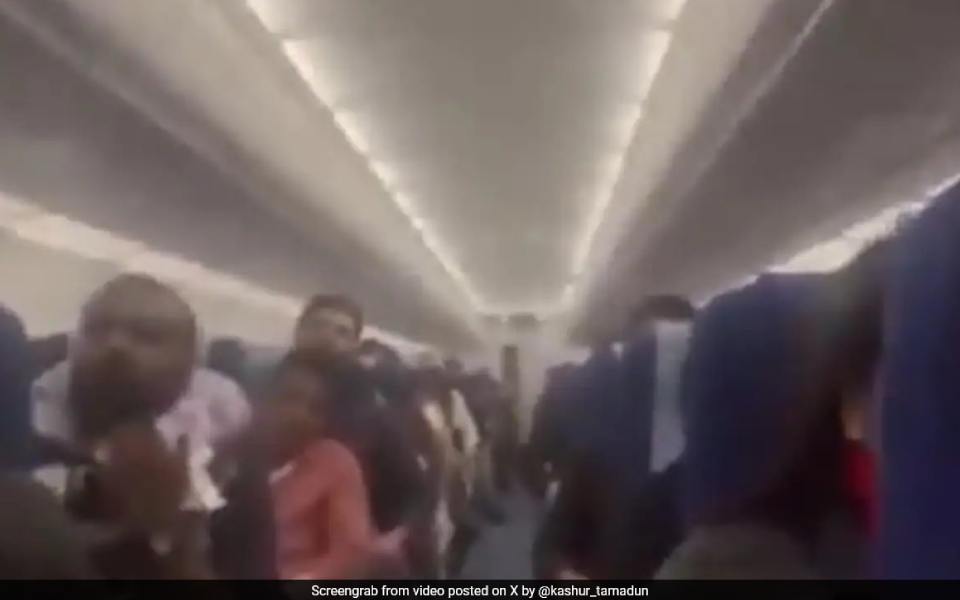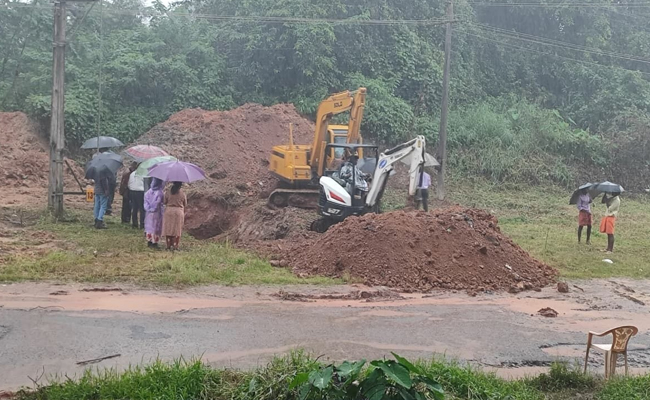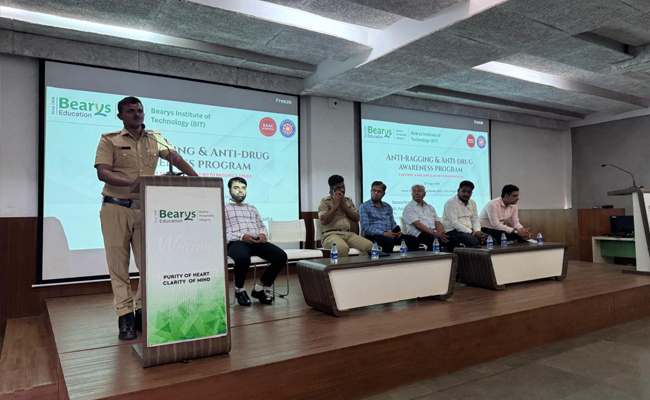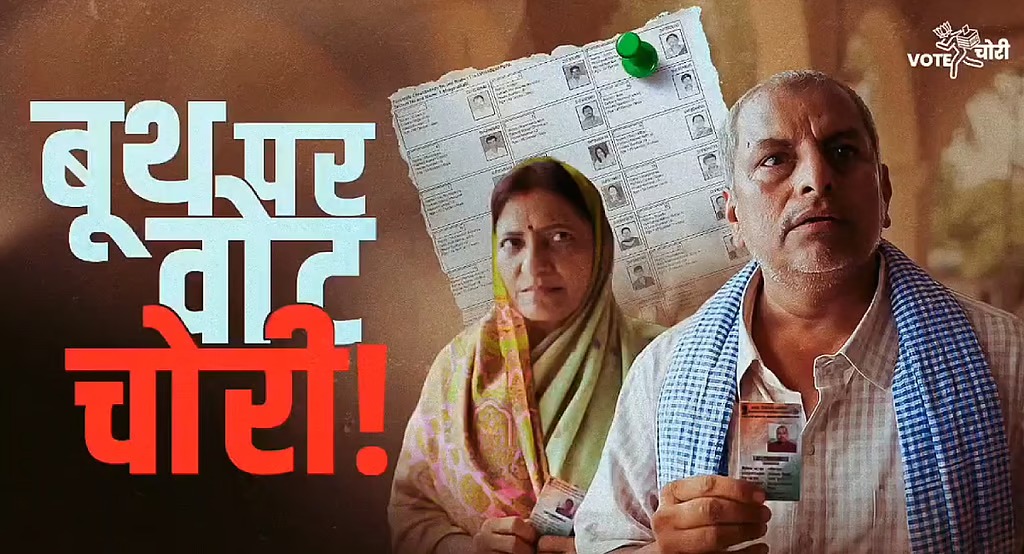New Delhi, Jan 17: Aviation regulators BCAS and DGCA on Wednesday slapped penalties totalling Rs 2.70 crore on IndiGo, Mumbai airport operator MIAL, Air India and SpiceJet for various violations.
Days after a video of IndiGo passengers having food on the Mumbai airport tarmac was widely shared, the Bureau of Civil Aviation Security (BCAS) has slapped fines of Rs 1.20 crore on the airline and Rs 60 lakh on MIAL, while DGCA has imposed a penalty of Rs 30 lakh on the airport operator, according to separate orders.
Separately, the Directorate General of Civil Aviation (DGCA) has slapped a penalty of Rs 30 lakh each on Air India and SpiceJet for their failure to comply with the rostering of pilots for operating flights in low visibility conditions. The penal action comes more than two weeks after significant flight disruptions were witnessed at the Delhi airport due to dense fog that had resulted in low visibility conditions.
It is rare for the Bureau of Civil Aviation Security (BCAS) and DGCA to impose huge penalties on airlines and an airport operator in a single day, and also comes against the backdrop of various measures taken in recent days to minimise fog-related disruptions at Delhi and other airports.
On January 14, many passengers rushed out of an IndiGo aircraft at the Mumbai airport, sat on the tarmac, and some were also seen having food there as soon as their diverted Goa-Delhi flight landed after a long delay.
Both IndiGo and MIAL did not report the incident to BCAS, which issued show-cause notices to the two entities on January 16.
While penalising IndiGo, BCAS said the airline did not report the incident to it and failed to respond to the emergent situation in a responsible and efficient manner.
The regulator also said that IndiGo failed to "ensure security screening of passengers and their cabin baggage before embarkation and protect passengers and their baggage from unlawful interference from the point of screening to boarding of aircraft at Mumbai airport".
Further, it said the airline did not take all security measures required and deploy security staff as per the prescribed scale for the given situation.
In the case of MIAL, BCAS said the operator did not report the incident to it and also submitted a false statement about the deployment of security officers to cordon off the area.
According to the regulator, there was no alternate arrangement for surveillance of the apron and runways, while security cameras were non-operative.
Besides, DGCA has fined MIAL for certain violations, including the norm that directs all agencies working at the airport not to permit walking on active apron.
"The presence of passengers on the apron for a considerable period of time is in violation of Apron discipline as it jeopardised the safety of the passengers and the aircraft," a DGCA official said.
DGCA said that through social media, it noticed that passengers of the IndiGo flights -- 6E-2195 and 6E-2091 -- were on the apron for a considerable period of time at the Mumbai airport.
Meanwhile, DGCA has slapped a fine of Rs 30 lakh each on Air India and SpiceJet for lapses in the rostering of pilots for operating flights in low visibility conditions.
After analysing the flight delay/cancellation/diversion-related data submitted by scheduled airlines for December 2023, DGCA found that Air India and SpiceJet did not roster "CAT II/III and LVTO qualified pilots for some of the flights," an official said.
CAT II/III pertains to operating flights in low visibility conditions. LVTO refers to Low Visibility take-off.
DGCA issued show-cause notices to Air India and SpiceJet on January 2.
Let the Truth be known. If you read VB and like VB, please be a VB Supporter and Help us deliver the Truth to one and all.
Bengaluru: A soil scientist, who has studied tropical lateritic soils, has released a note in anonymity, warning the Special Investigation Team (SIT) probing alleged mass burials in Dharmasthala (1994–2014) that improper excavation could permanently destroy critical forensic evidence.
The scientist cautioned that in the coastal, high-rainfall environment of Dharmasthala, bones from older graves are often not visually present due to the region’s acidic laterite soil, which accelerates decomposition. “In these conditions, the visual absence of bones does not mean there was no burial,” the expert stressed. “Chemical and microscopic soil analysis may be the only way to detect older graves.”
According to the soil scientist, Dharmasthala’s lateritic soil has a pH of 4.5–6, is porous and rich in iron and aluminium oxides, and is subject to over 3,500 mm of annual rainfall. These factors together cause rapid bone mineral dissolution and collagen breakdown. “In as little as 15–20 years, complete skeletons can be reduced to just teeth, enamel shards, or micro-residues,” the scientist said.
Drawing on comparisons with Rwanda, Cambodia, Sri Lanka, and Srebrenica, the scientist estimated that:
- Graves less than 15 years old have a reasonable chance of yielding skeletons.
- Graves 15–20 years old may yield only partial skeletons and teeth.
- Burials older than 20 years often retain only chemical signatures and microscopic fragments.
“In Dharmasthala’s soil, the probability of finding a full skeleton after two decades is near zero,” the expert said.
‘JCBs will destroy what’s left’
The soil scientist was particularly critical of the use of heavy machinery in the investigation. “Uncontrolled digging with JCBs can obliterate brittle bone fragments, erase burial stratigraphy, and mix burial soil with surrounding soil, diluting chemical signals,” he warned. “It’s equivalent to destroying the crime scene.”
The scientist emphasised that disturbed lateritic soil can quickly resemble undisturbed ground, making it almost impossible to detect graves later.
GPR as a map, not a microscope
The expert also noted that Ground Penetrating Radar (GPR) could play a limited role in the investigation. “GPR can help locate soil disturbances, but in wet, iron-rich lateritic soils, it cannot ‘see bones.’ For burials decades old, chemical analysis of soil is far more reliable,” he said.
Call for controlled forensic exhumation
The soil scientist urged the SIT to stop all mechanical digging and adopt a forensic protocol:
- Use GPR or other non-invasive methods to locate anomalies.
- Excavate in small, measured layers under forensic supervision.
- Collect soil samples for chemical and microscopic analysis.
- Sieve soil to recover micro bone fragments and teeth.
“Only a controlled, scientific approach will preserve what little evidence may remain in this environment,” the scientist said. “If these traces are destroyed, the truth about the alleged burials may never be proven.”
The SIT is investigating allegations of mass burials linked to the disappearance of individuals between 1994 and 2014 in Dharmasthala. No official response to the scientist’s concerns has been issued.





